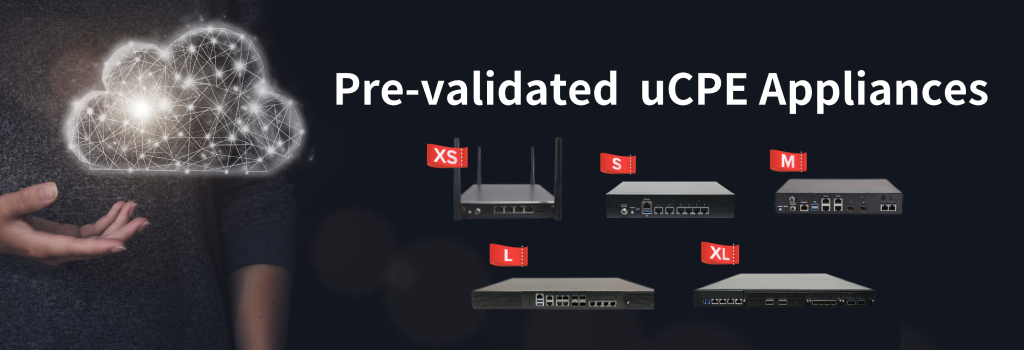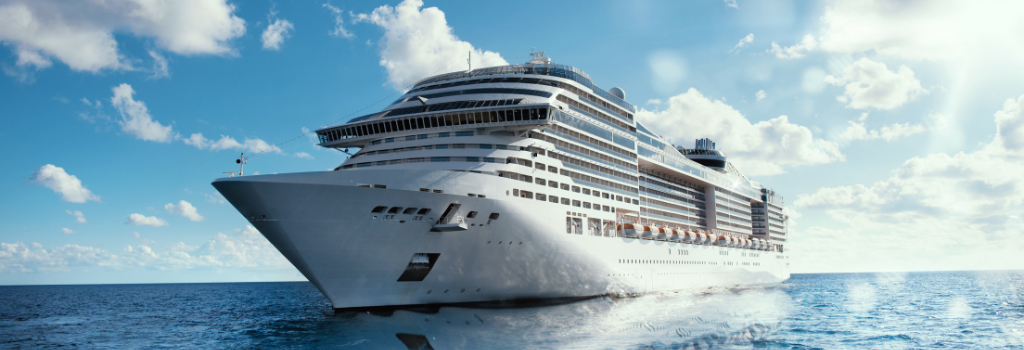SD-WAN
Pre-validated uCPE Platforms - Accelerating your SD-WAN Deployment
SD-WAN offers enterprises high degree of flexibility for WAN load balancing, optimization and visibility. SD-WAN consolidates multiple networking functions into a single software-defined vCPE platform which virtualizes all the network functions with enhanced service agility, security and QoS (Quality of Service).
As enterprises embrace distributed cloud environments, SD-WAN is evolving beyond traditional automation. The next frontier is AI-driven SD-WAN, powered by Agentic AI that are not only intelligent, but autonomous, context-aware, and capable of making real-time decisions.
Read more: AI-Accelerated uCPE for Intelligent and Resilient SD-WAN
To enhance secure, resilient, and efficient communication between remote ATMs, bank branches, and headquarters in the era of digital banking. As financial organizations increasingly adopt advanced self-service and digital solutions, deploying a robust SD-WAN architecture using uCPE (Universal Customer Premises Equipment) is essential for maintaining reliable end-to-end connectivity across distributed locations.
Read more: Deploying uCPE for Enabling Managed SD-WAN in Secure Banking ATMs and Branches
Business continuity is the ability to maintain core business functions without downtime during disruptive events. While it involves many components across all business functions, contingency planning for network infrastructure is of the upmost importance as having no functioning enterprise networks means no essential connectivities for business-critical services such as cloud storage, digital payment systems, CDPs, CRMs, SaaS applications, and VoIP.
Read more: Bolstering Network Resilience During Disasters Using SD-WAN
It's been proven a fact that many IT personnels at government agencies are working and dealing with infrastructure inadequacies found in legacy networks.
In the modern era, law enforcement agencies are faced with the challenge of managing and optimizing diverse technologies to ensure seamless communication, data transfer, and real-time video streaming. The implementation of Software-Defined Wide Area Networking (SD-WAN) in police force operations presents a transformative solution to address these challenges, promoting efficiency, agility, and enhanced decision-making capabilities.
Read more: In-Vehicle SD-WAN Ensuring Network Reliability for Law Enforcement
In today’s digital age, businesses across various industries rely on a robust and secure network infrastructure to streamline operations, enhance customer experiences and ensure data privacy. One such industry is the pharmacy store chain, where efficient communication, real-time inventory management, and secure data transfer are vital for seamless operations. To address these challenges, implementing a Software-Defined Wide Area Network (SD-WAN) solution offers numerous benefits that can revolutionize the way large-scale drugstore chains operate.
Read more: SD-WAN Solution Enhances Network Efficiency and Security for Drugstore Chain
Along with other industries, the maritime industry is rapidly evolving and the latest technologies are revolutionizing the way cruise ships and yachts operate. Current maritime internet at sea maybe expensive and slow, while cruise ships have generally gotten a bad reputation for offering travelers slow and expensive Wi-Fi on board. However, the maritime industry's appetite for data bandwidth is growing and there are some advantages, but also some drawbacks to consider for satellite-based maritime internet.
Read more: SD-WAN Platforms Improving Resilient Maritime Internet Connectivity










